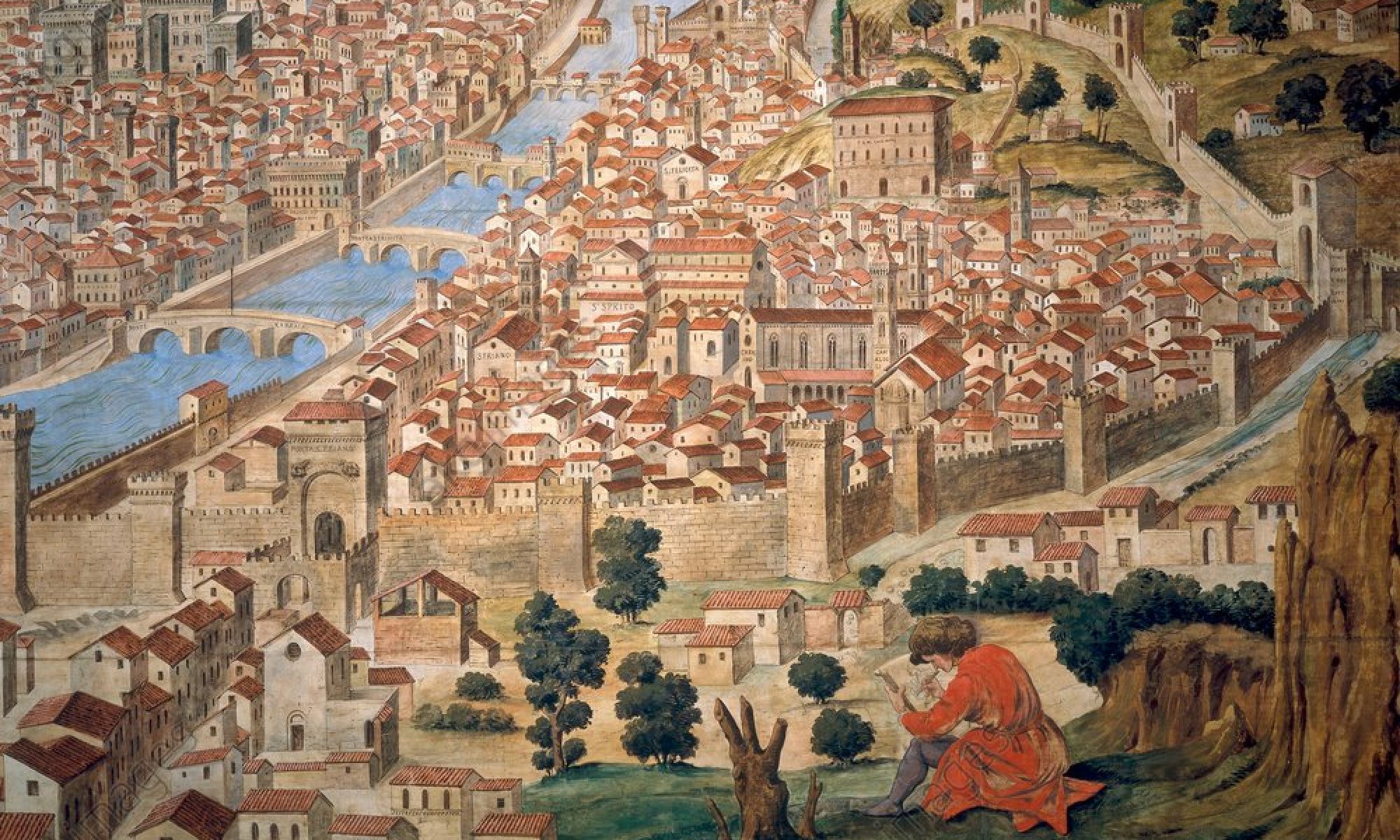
- Amberly Publishing.
- ISBN 9781445689944
- Paperback
- 15 Jan 2019
- 40 Images.
In the 1991 movie Black Robe, Ernest Schellenberg plays an Algonquin leader escorting a Jesuit missionary. One of the best scenes is when the priest demonstrates how writing works.
In 1532, when the Sapa Inca, Atahualpa was awaiting his fate, he would ask that words be written down for him so that he could learn Spanish. Not least so he, a man who knew nothing of writing could observe how the work of a scribe was performed.
Where would we be without paper? He asks typing on a touch sensitive screen, ordering pixelated keys to generate letters that will never be printed.
Like all good true stories The Pharaoh’s Treasure focuses on a something simple and uses it to expose greater truth.
Behind every royal library were scribes, and behind them were the people who made the materials that allowed the library to exist at all.
When so much is a trick of the eye, untouchable, generated and at the same time more accessible than ever the value of paper is all at once enhanced and diminished.
A handwritten note shows you care. It’s also a demonstration of class. What was once a commonplace gesture now speaks in volumes.
Already we think about paper much differently to what we did 70 years ago. Might we conceivably return one day in the distant future to looking at it as prized commodity?
When did it become so time consuming to write something with our own hand? He said ruefully staring at the image on his screen.
Waxing lyrical, or poetic about the timeless qualities of communication has already been done efficiently enough in this book for me to add anything.
Gaudet’s book is well written and full of fascinating detail. Not your average history book and very original. It is primarily concerned with the history of Papyrus. The Pharaoh’s Treasure.
A 4,000 year old history that can be written because of the medium it studies. That is special. It is what Papyrus has done best for longer than parchment & pulp paper put together.
The Pharaoh’s Treasure shows us why Papyrus was so special. It is a mundane but key note. It’s durability, sustainability & simplicity was it’s success.
Because of these key facets of its manufacture and use, Papyrus became a time capsule for the collected knowledge of the centuries.
Previous to its widespread use, information had to be imparted on clay & stone. Though Papyrus was more susceptible to fire it was easier to store in large quantities, so much of what we know is thanks to this treasured paper.
All of the above make up a central point of John Gaudet’s book. This ancient story is at the heart of everything we think, and want to remember.
Think about the last time your laptop crashed, or your phone went dead on you. Sometimes … indeed most of the time, the answer to our problems can be solved by a piece of paper.
Suddenly technology doesn’t seem as friendly as that notebook. Suddenly that long history of paper becomes very relevant. And this is why you’ll enjoy this book.
Josh



You must be logged in to post a comment.